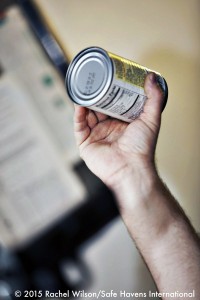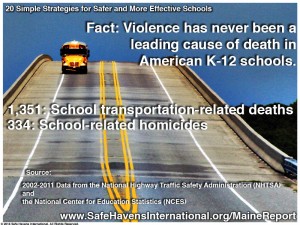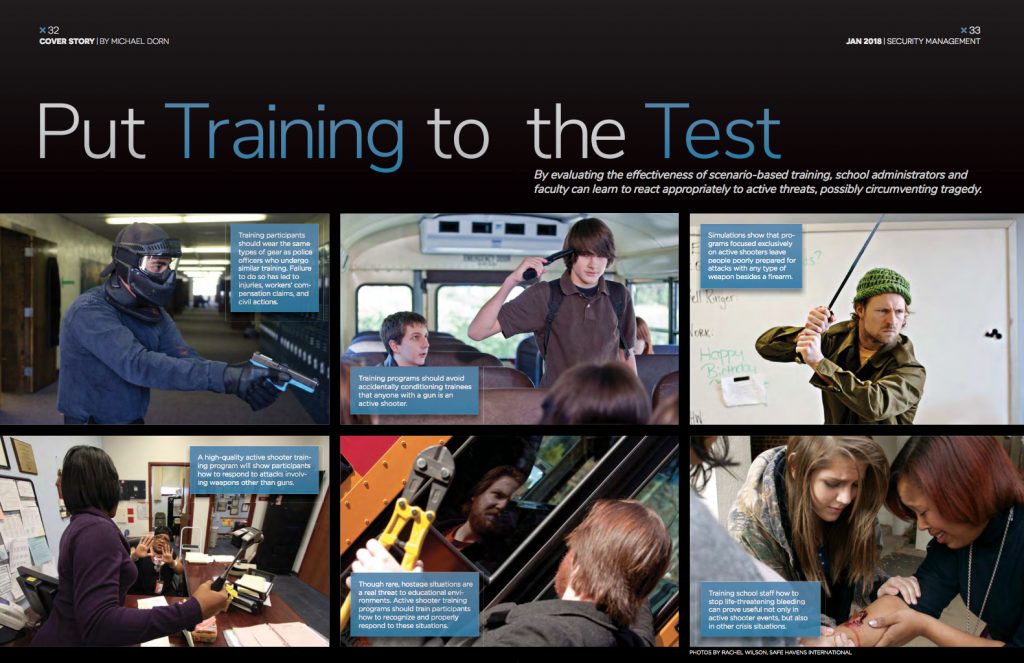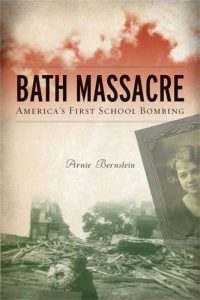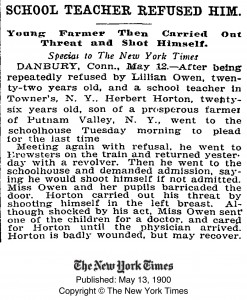School Planning and Management Magazine published a feature article on preventing sexual misconduct in schools in June 2016. The article – Preventing Grooming, Sexual Assault and Sexual Misconduct in Schools is focused on concepts that school officials can use to reduce the chances that these tragic situations will occur. I regularly assist school officials in preventing these incidents and have provided expert witness services for cases involving sexual misconduct. While it is not possible to completely eliminate these traumatic incidents from K12 schools, there are many valuable concepts that can dramatically reduce the risks that they will occur.
While the field of K12 education has made tremendous progress in this area, we still often see opportunities for improvement in the way schools are designed and operated. This article focuses on design concepts, security technologies, and increased awareness that can help prevent these types of incidents. While other extremely important preventive measures to reduce the chances that sexual violence will occur in the school setting, renovation, and new school construction projects are an excellent opportunity to protect staff and students from sexual violence on campus.
The article can be accessed on the School Planning and Management website at: https://webspm.com/Articles/2017/06/01/Sexual-Assault.aspx
